Buick Performance Heritage
Milestone vehicles that established and advanced the brand’s performance heritage
Performance has been part of Buick’s DNA since its earliest days, when stripped-down chassis and powerful Buick engines pushed the pioneers of motorsports to victory. Racing success helped forge the brand’s reputation for durability. Now, more than a century later, that legacy of performance complements the refinement for which Buick has always been known.
Here’s a look at 10 milestone models that helped establish and advance Buick’s performance heritage:
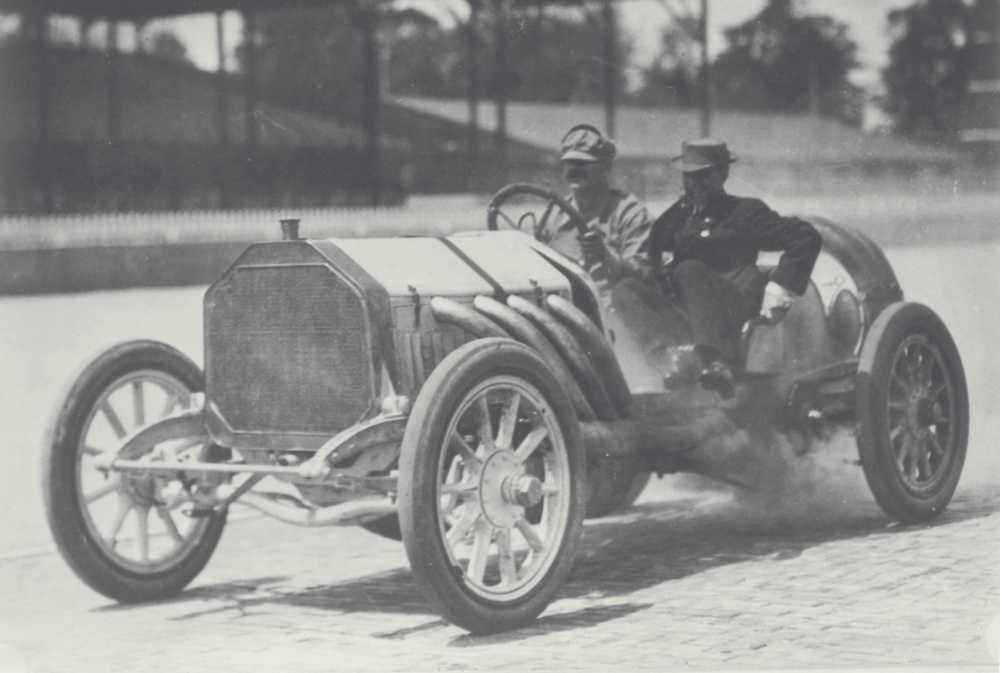
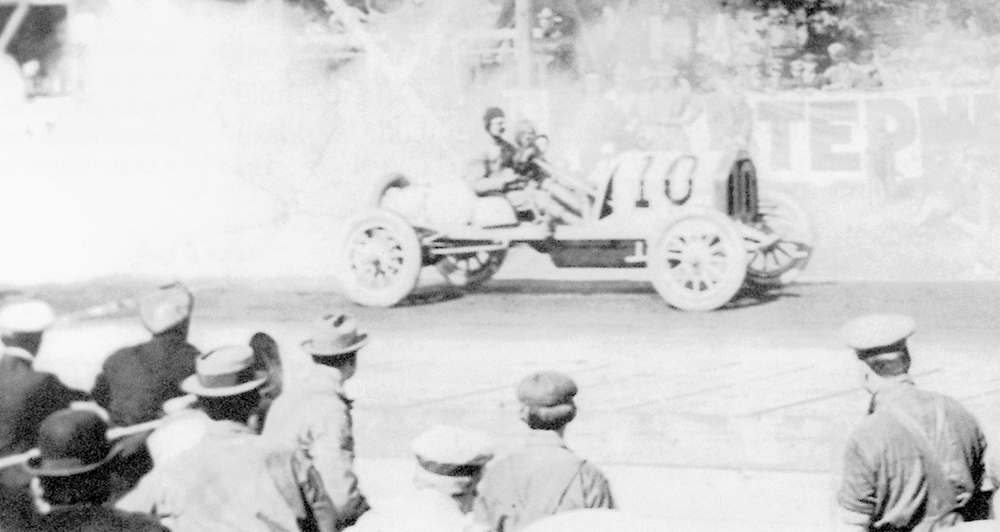
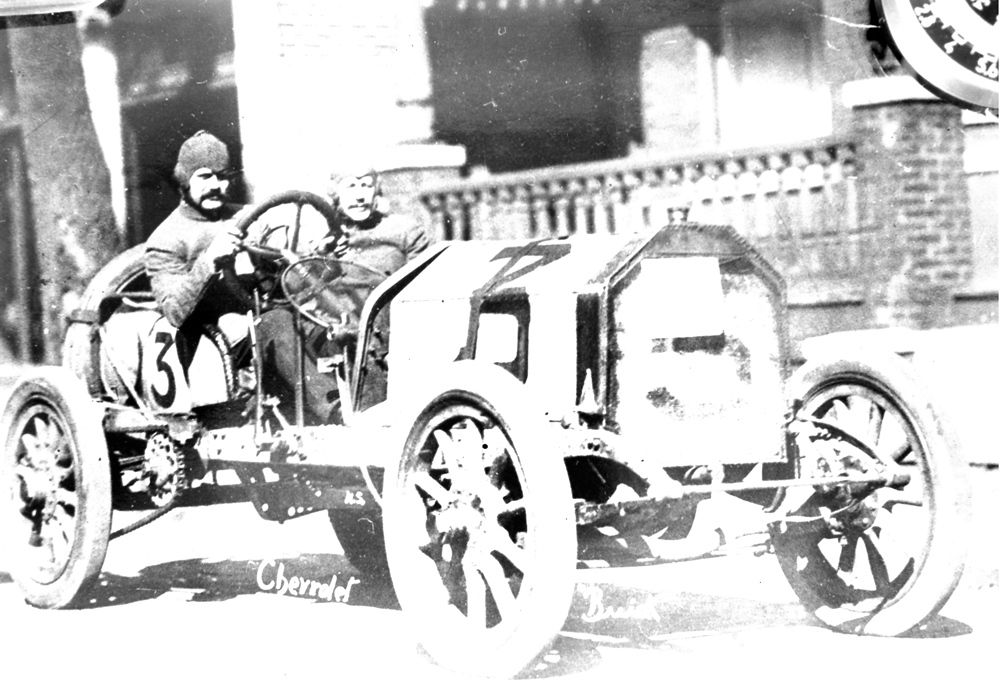
1909 Buick racecar
In 1909 – two years before the first Indianapolis 500 – the 2.5-mile-long oval at Indy was inaugurated with the Prest-O-Lite Trophy. The 250-mile race was won by Bob Burman, driving a Buick and averaging more than 53 mph. Of the nine cars that finished the race, three of them were Buick models.
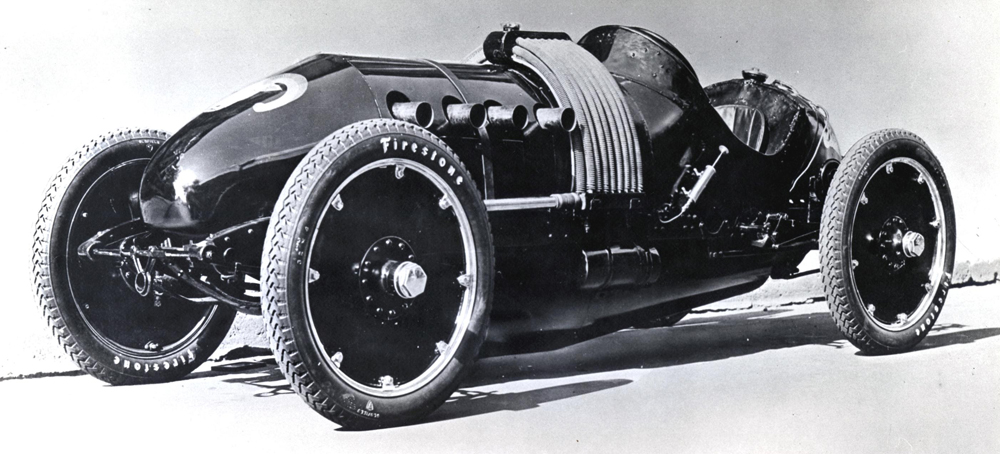
1910 Buick 60 Special “Bug”
The 60 Special, or “Bug,” was built by the Buick racing team and had a unique nosecone – a feature designed more for aesthetics than aerodynamics. A huge, 10.2L (622 cubic inches) four-cylinder engine propelled the Bug to 110 mph. Buick built two 60 Special racecars, one for Prest-O-Lite Trophy winner Bob Burman, and a second for another racer of note: Louis Chevrolet.
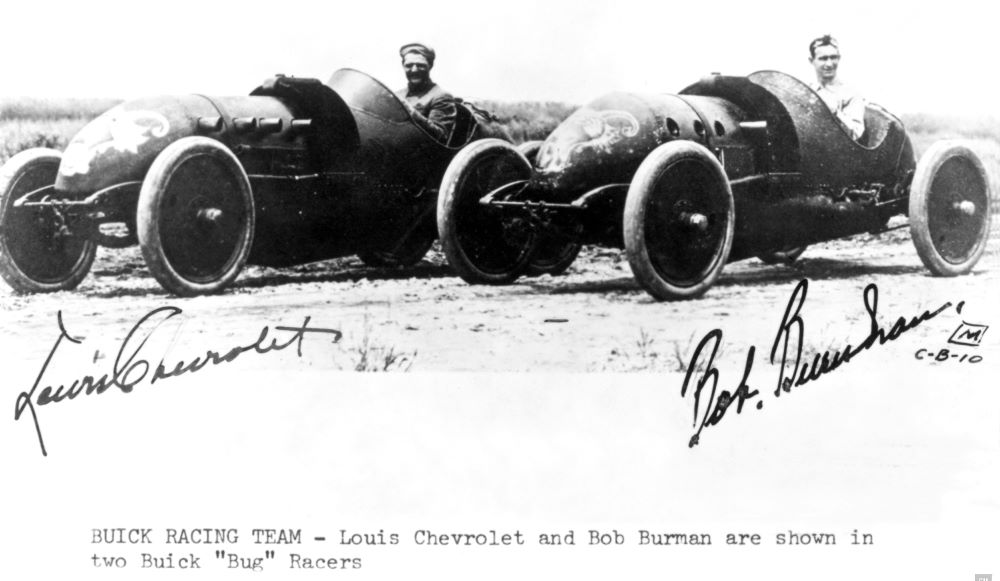
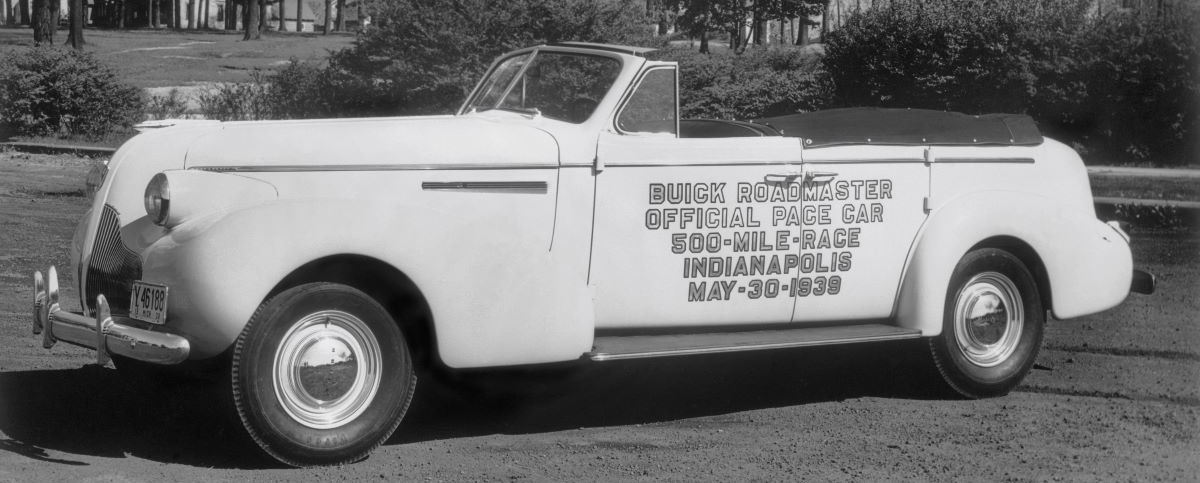
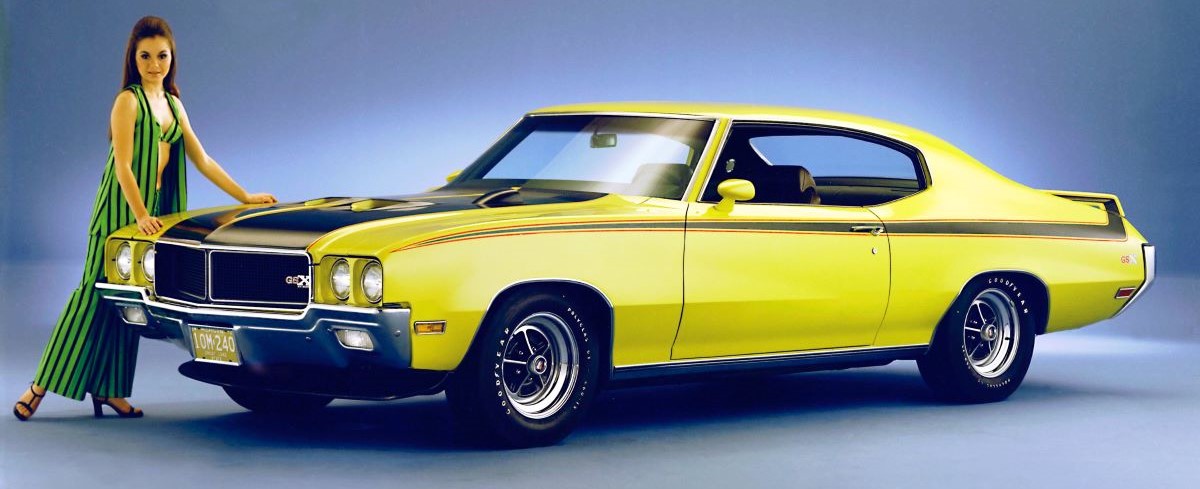
1970 Buick GSX
At the height of the muscle car wars, torque was king and no competitor could dethrone the 510 lb.-ft. (678 Nm) of twist generated by the GSX’s available 455 Stage I V-8 engine. In a 1970 road test, Motor Trend went from from 0 to 60 mph in 5.5 seconds and covered the quarter-mile in 13.4 seconds. The GSX’s combination of raw power and Buick’s signature luxury prompted many to describe the car as a “velvet hammer.”
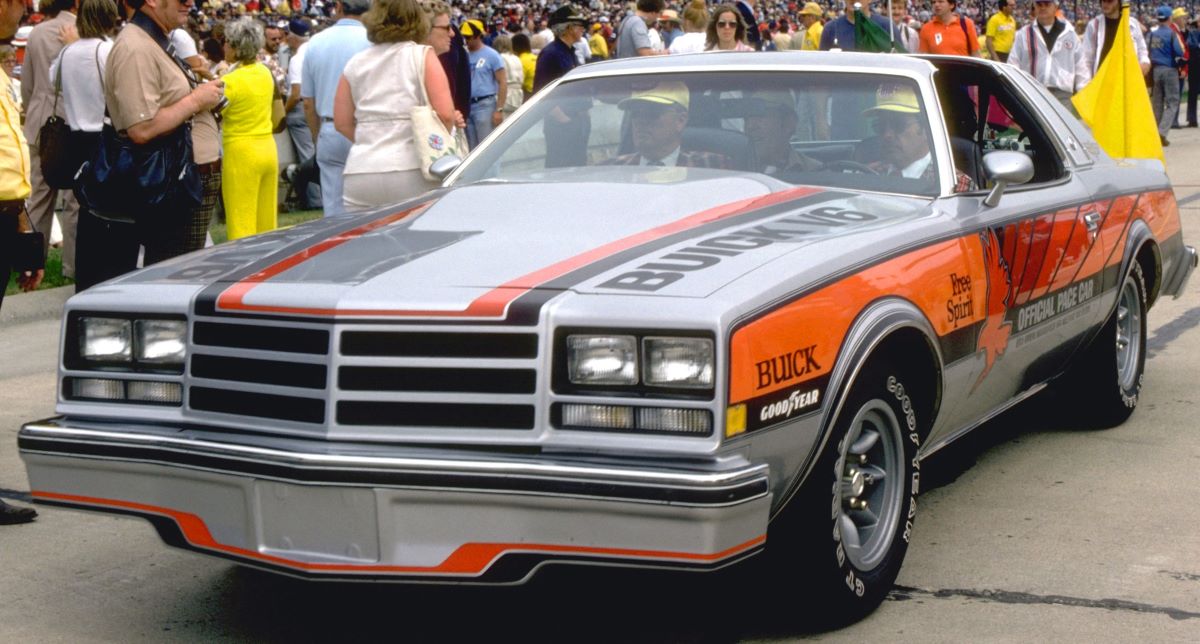
1976 Buick Century Indianapolis 500 Pace Car
Buick’s turbocharging legacy was established with this purposeful pace car. Engineers leveraged the recently revived, more-efficient 3.8L (231 cubic inches) V-6 engine that was supplanting larger V-8 engines in many production models. They filled it with 22 pounds of turbo-fed boost – resulting in 306 horsepower from the compact powerhouse – and reset expectations for Buick performance.

1984 Buick/March IndyCar
When Buick began its dalliance with turbocharging, few could have predicted it would lead from pacing the Indianapolis 500 to racing in it a few years later. It culminated at the 1984 race, when driver Scott Brayton drove his Buick-powered March racecar to a 204.638-mph one-lap speed and a 203.637-mph four-lap average, setting new records for a racecar using a production-spec engine block. By the mid-1990s, a more powerful version of the Buick turbo V-6 helped Eddie Cheever turned the fastest race lap ever at the Brickyard: 236.103 mph during the 1996 Indy 500. It’s a record that still stands 20 years later.

You must be logged in to post a comment.